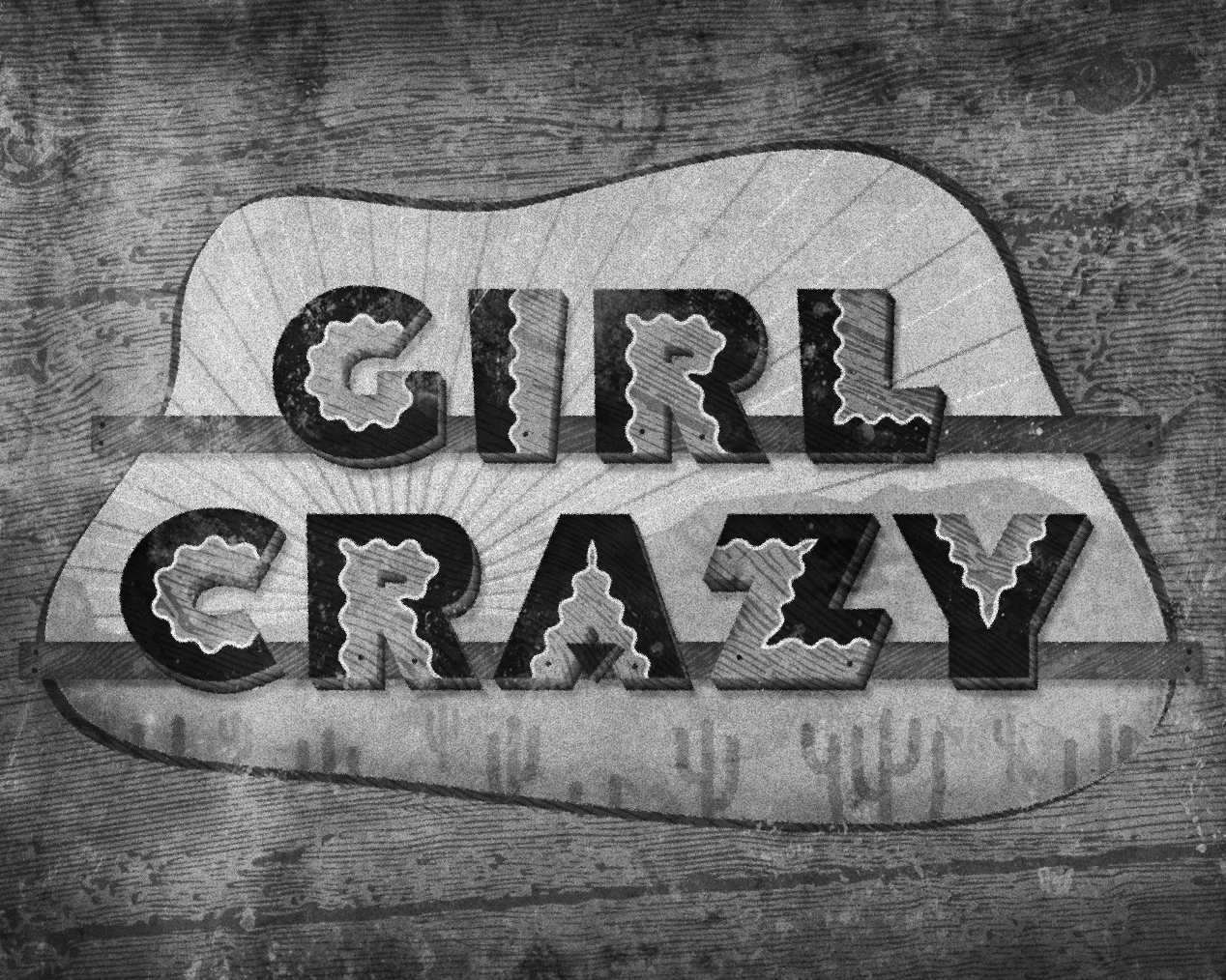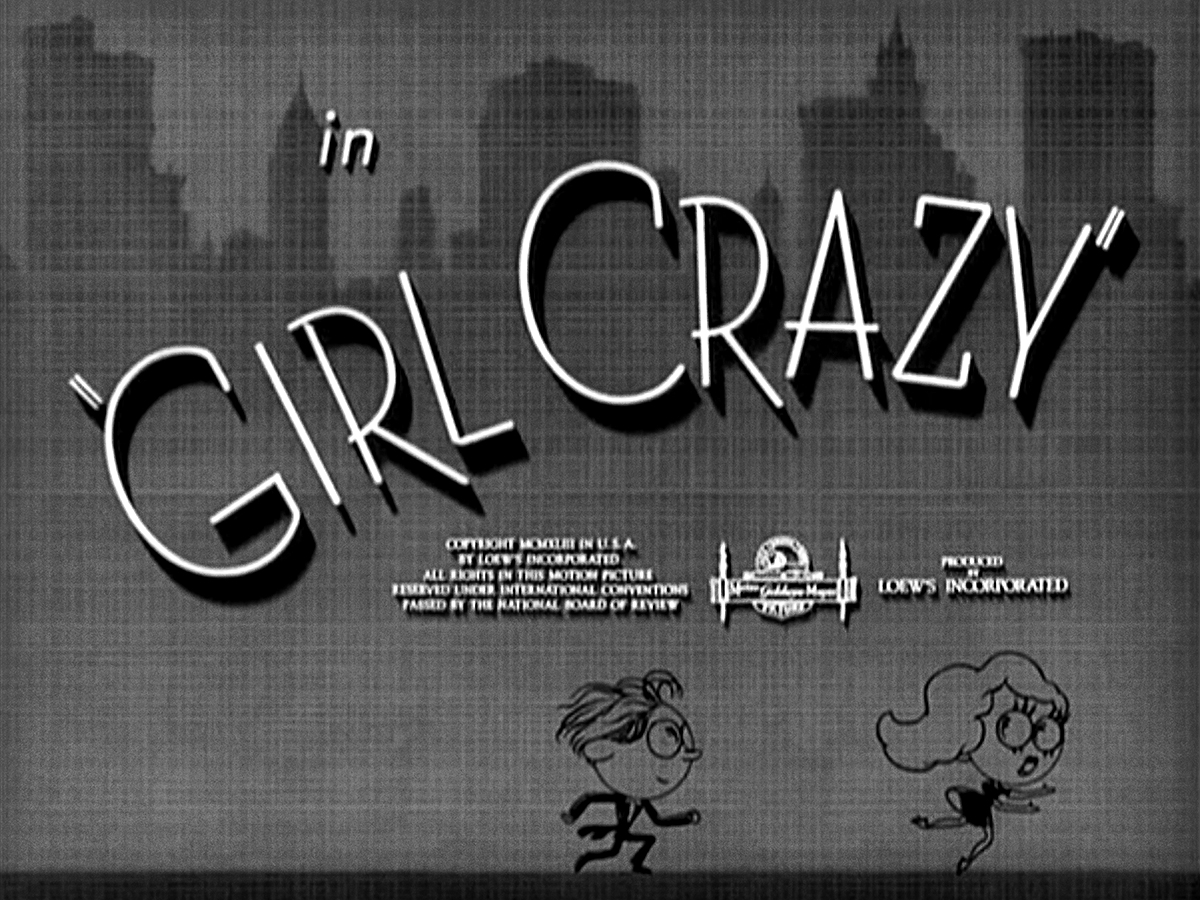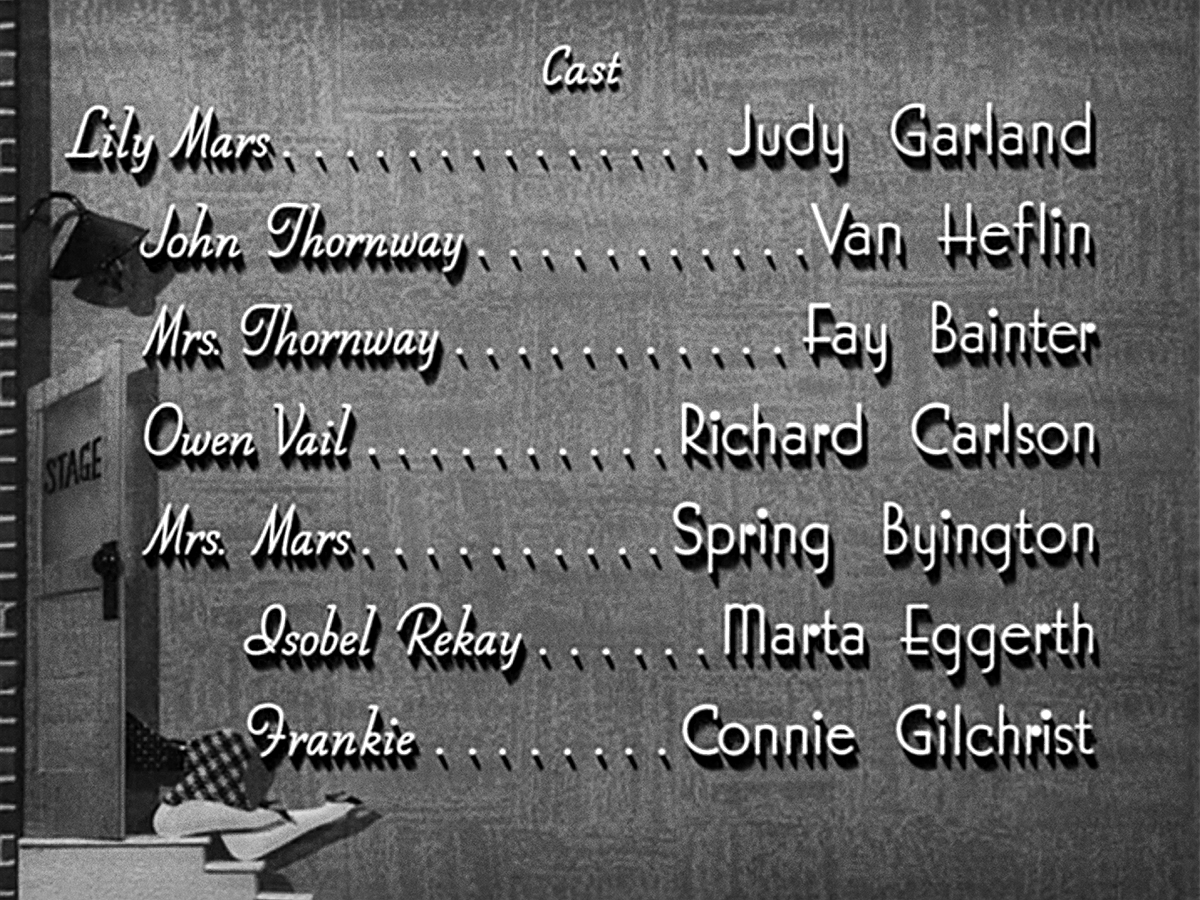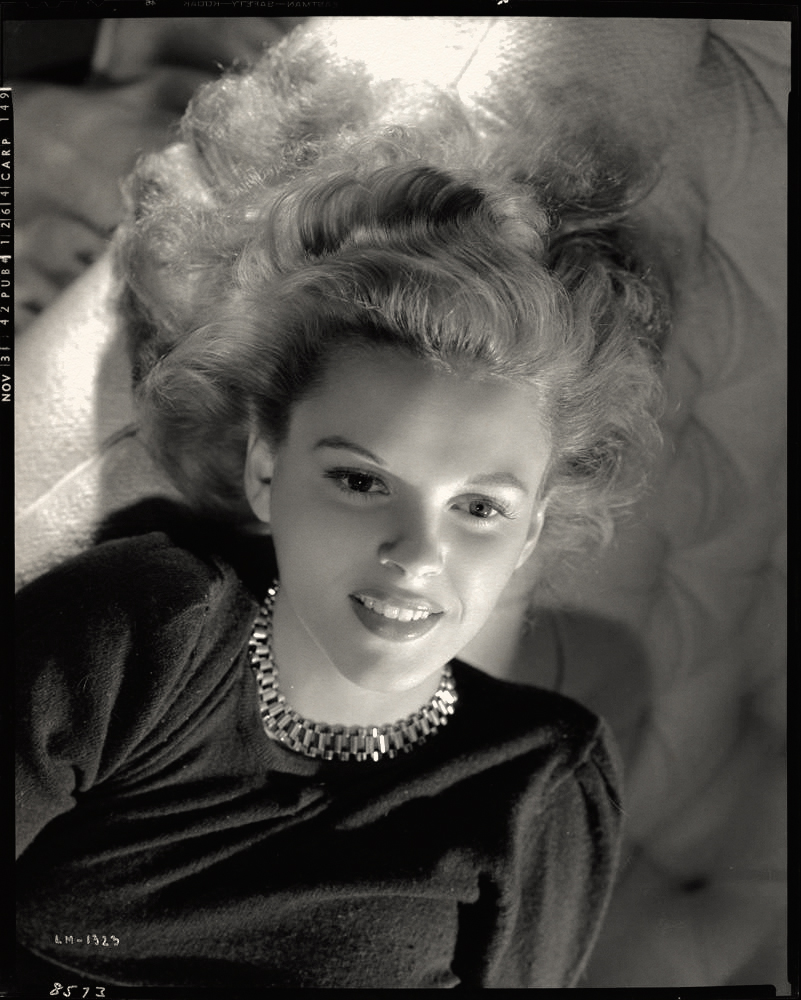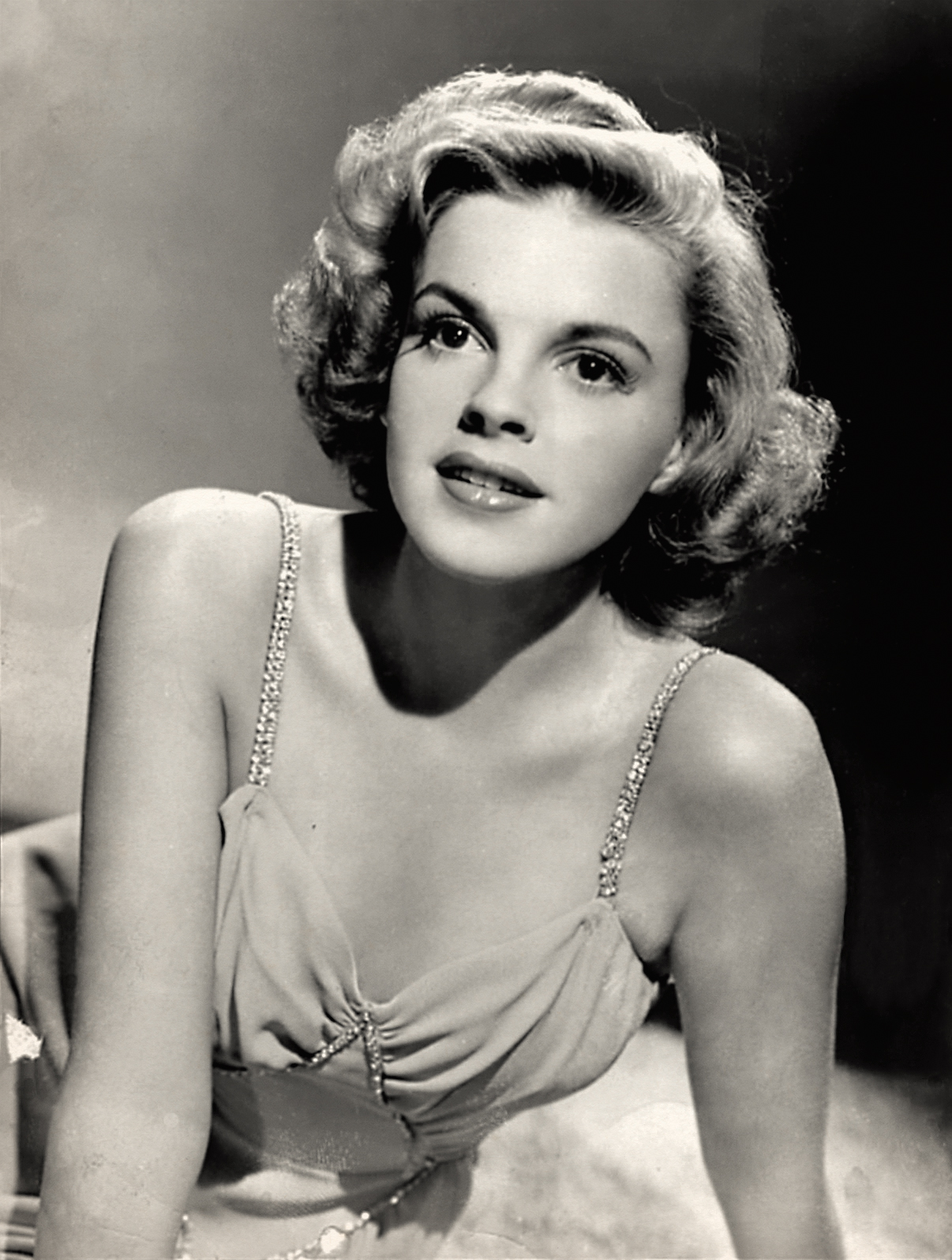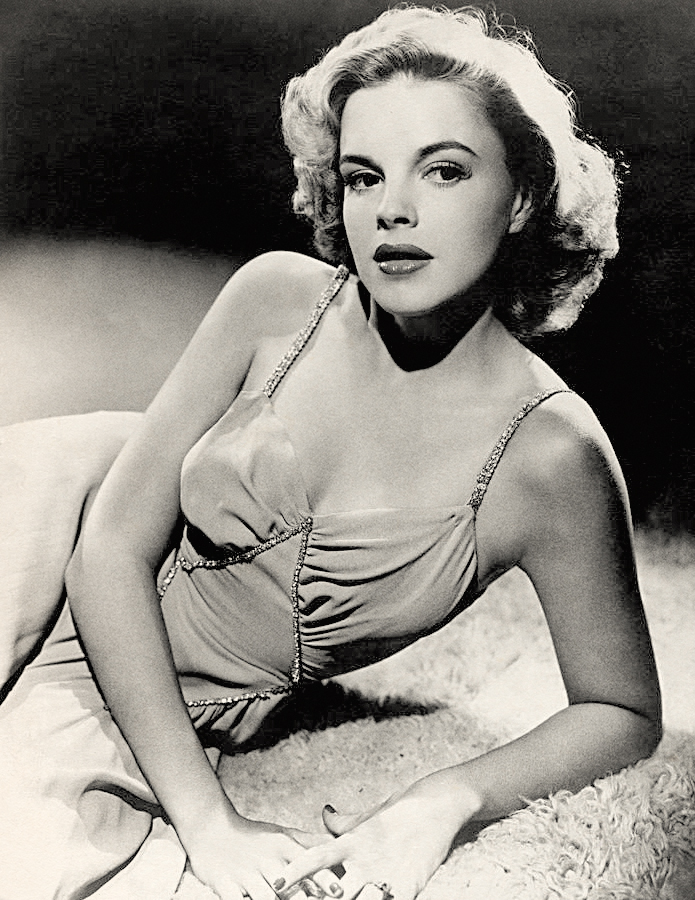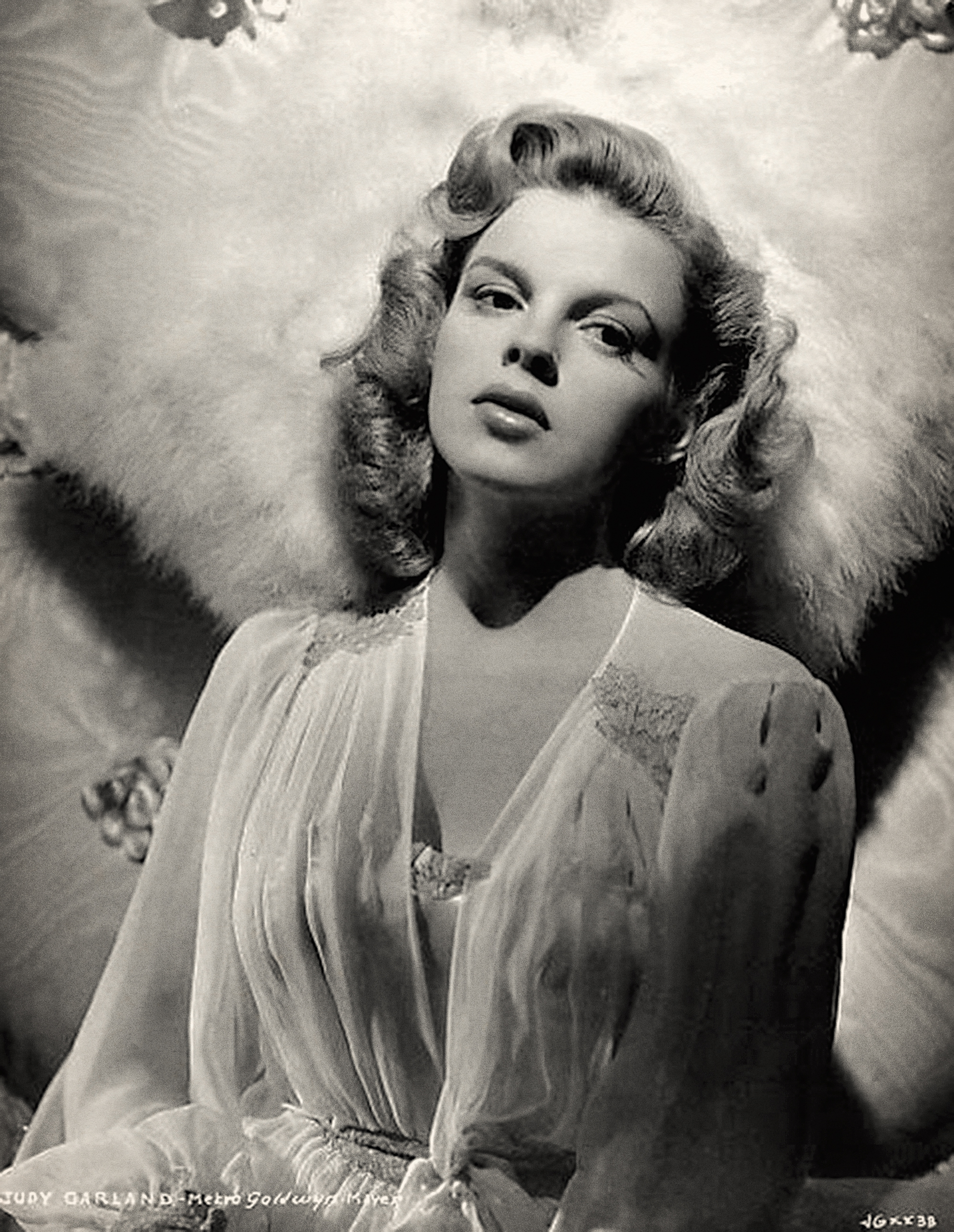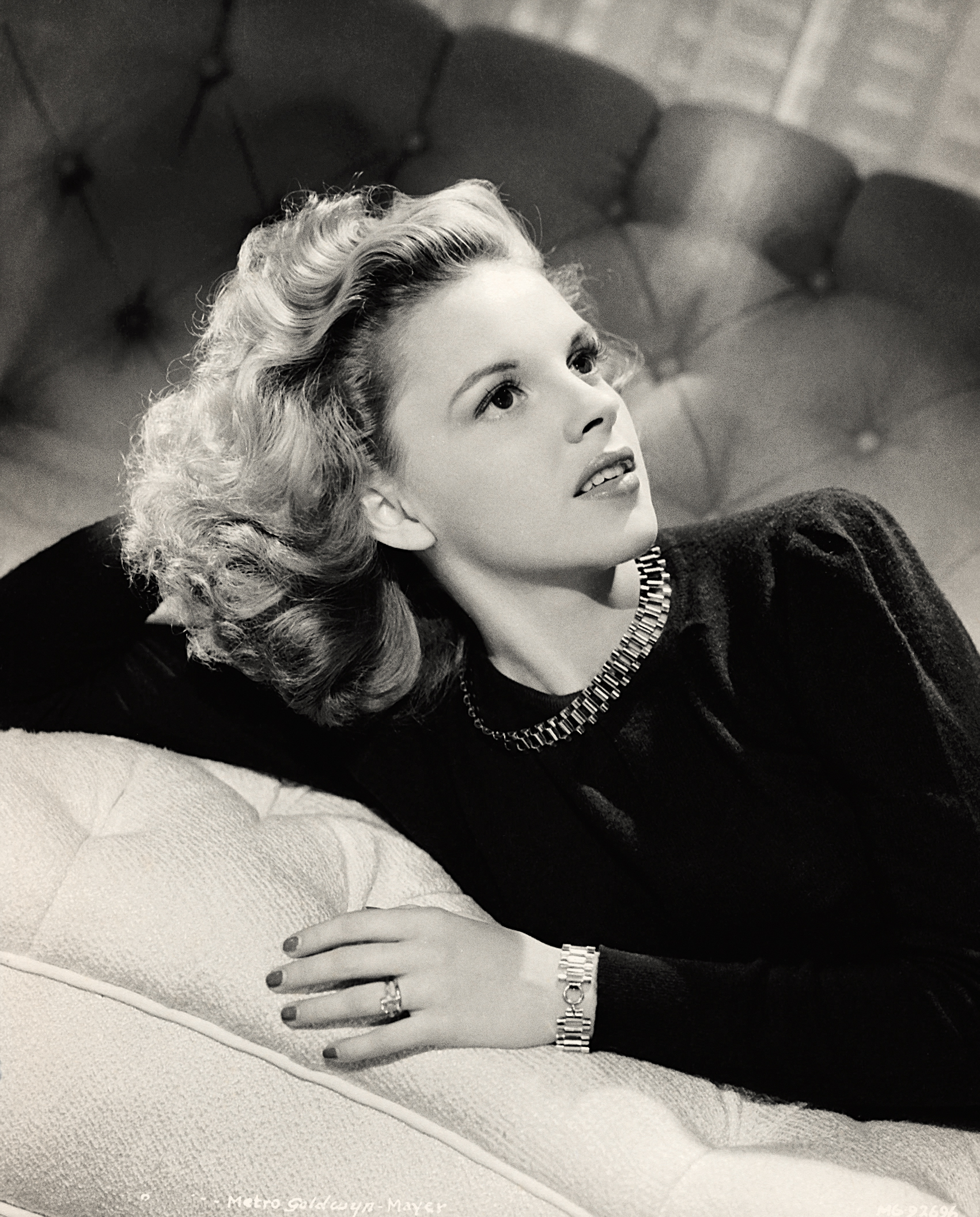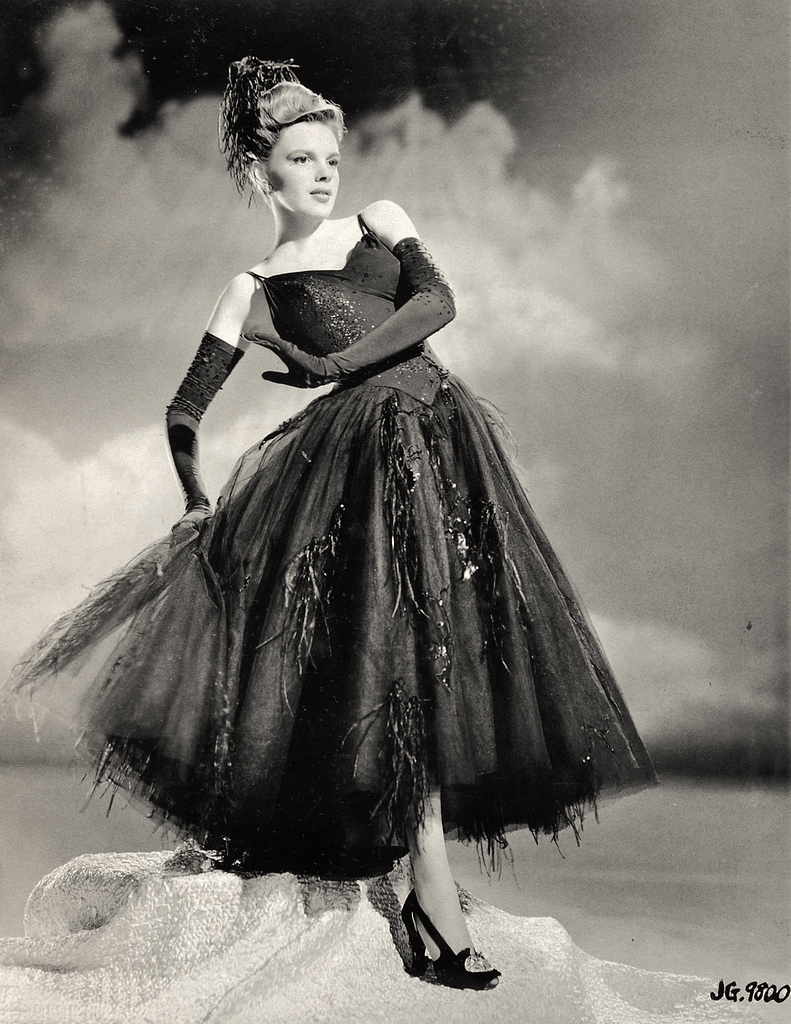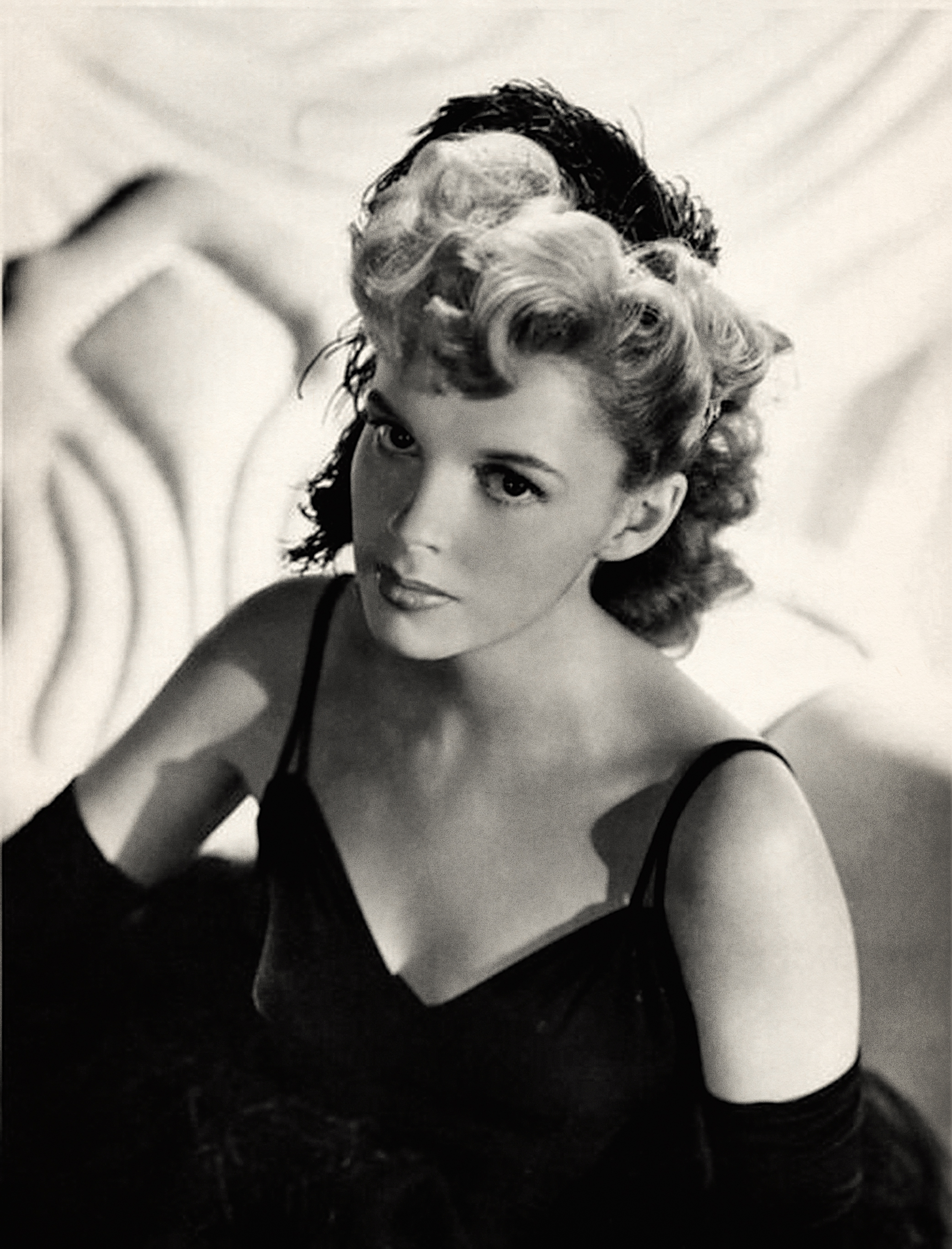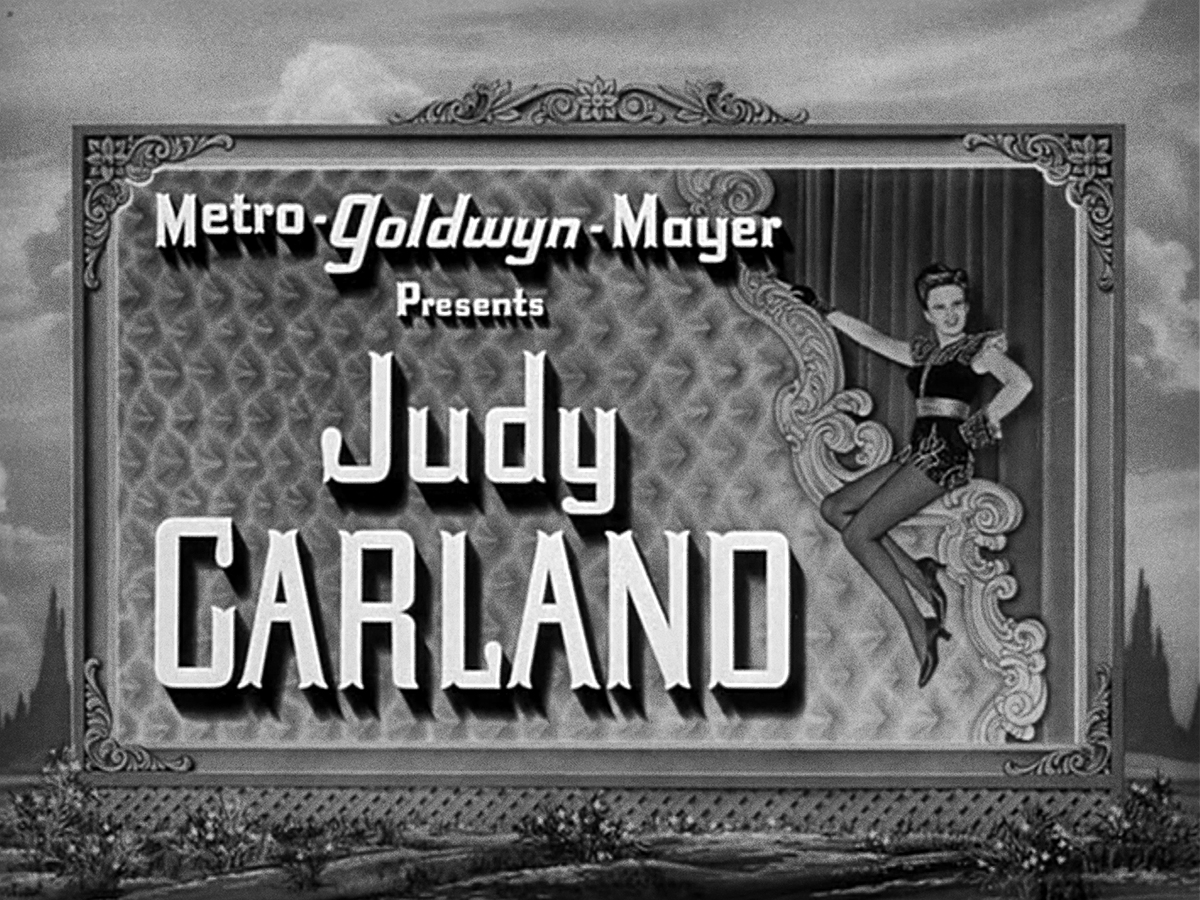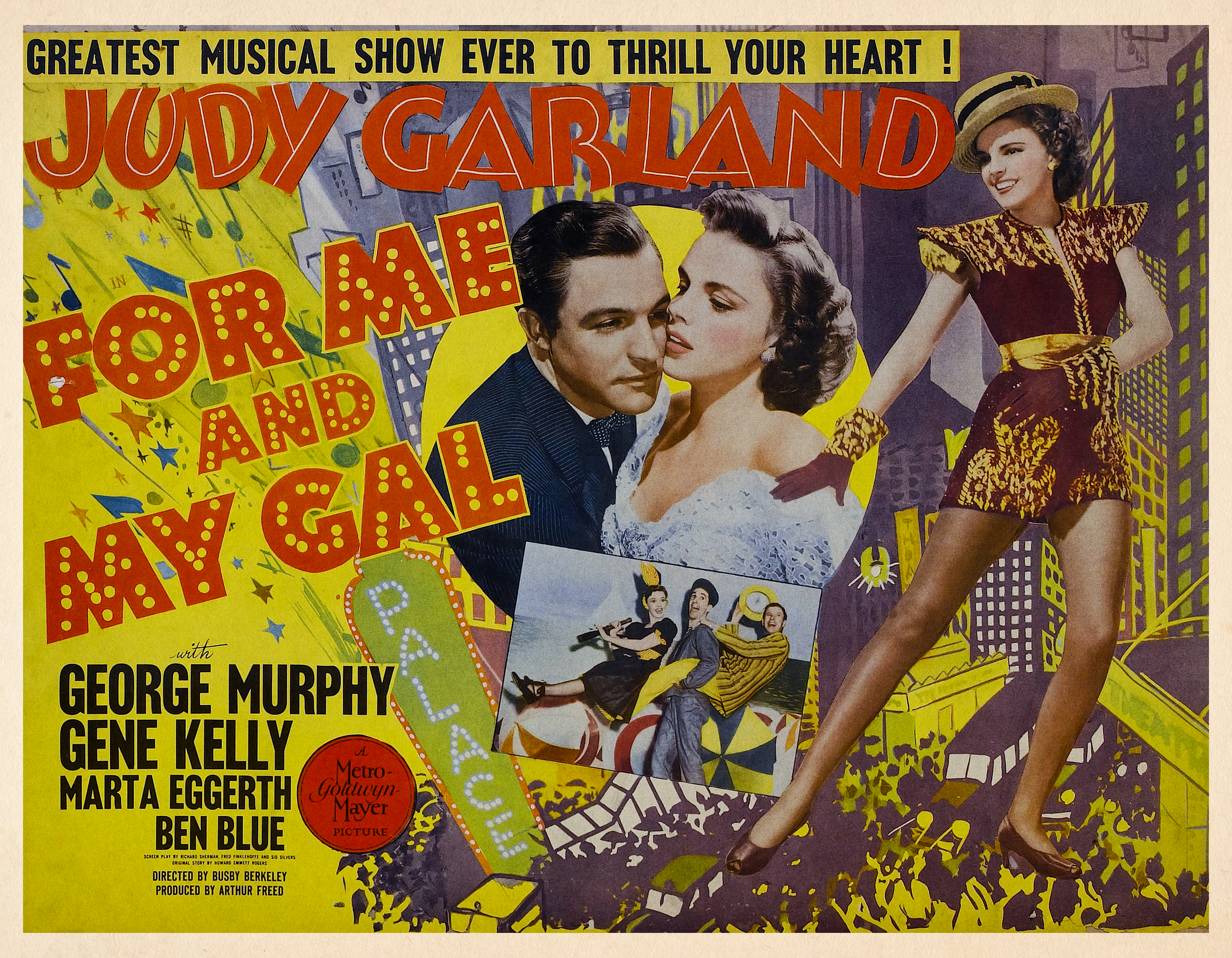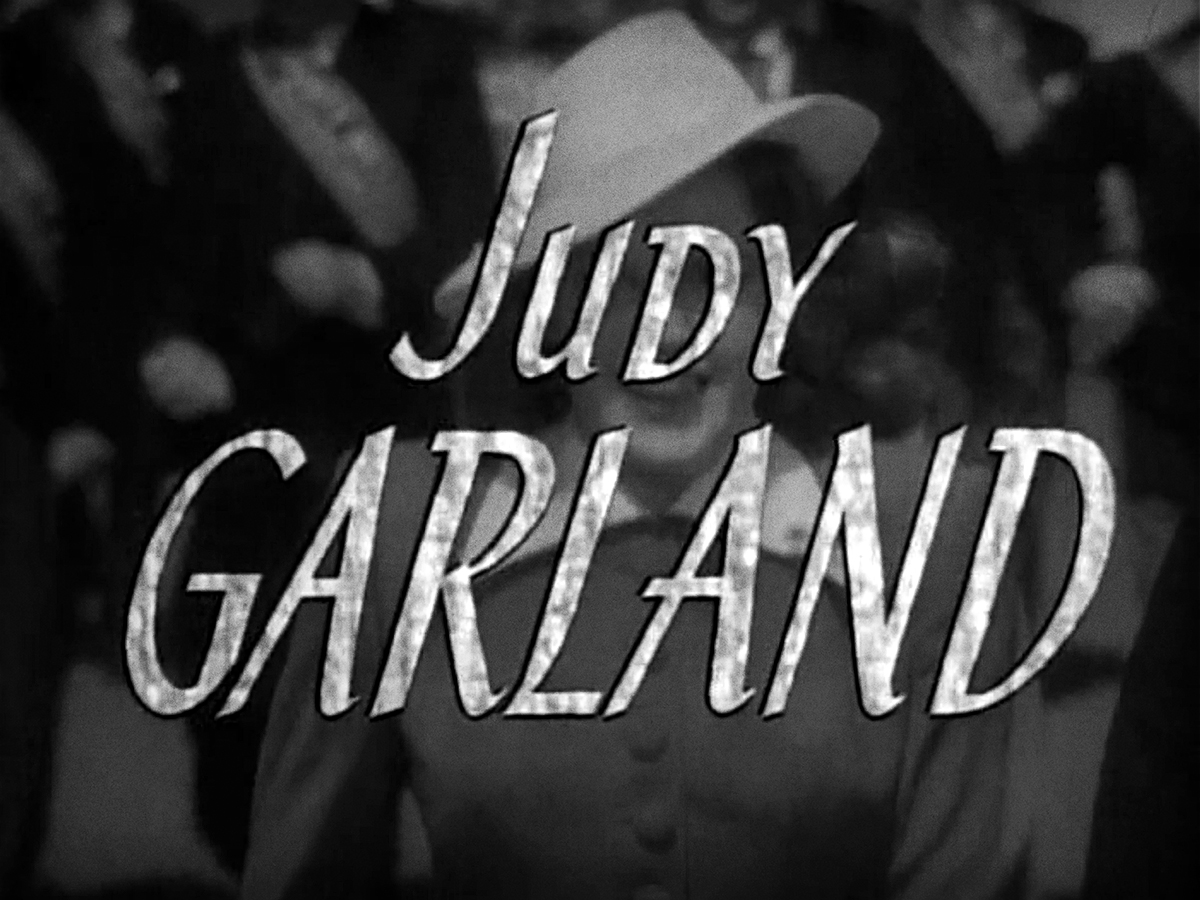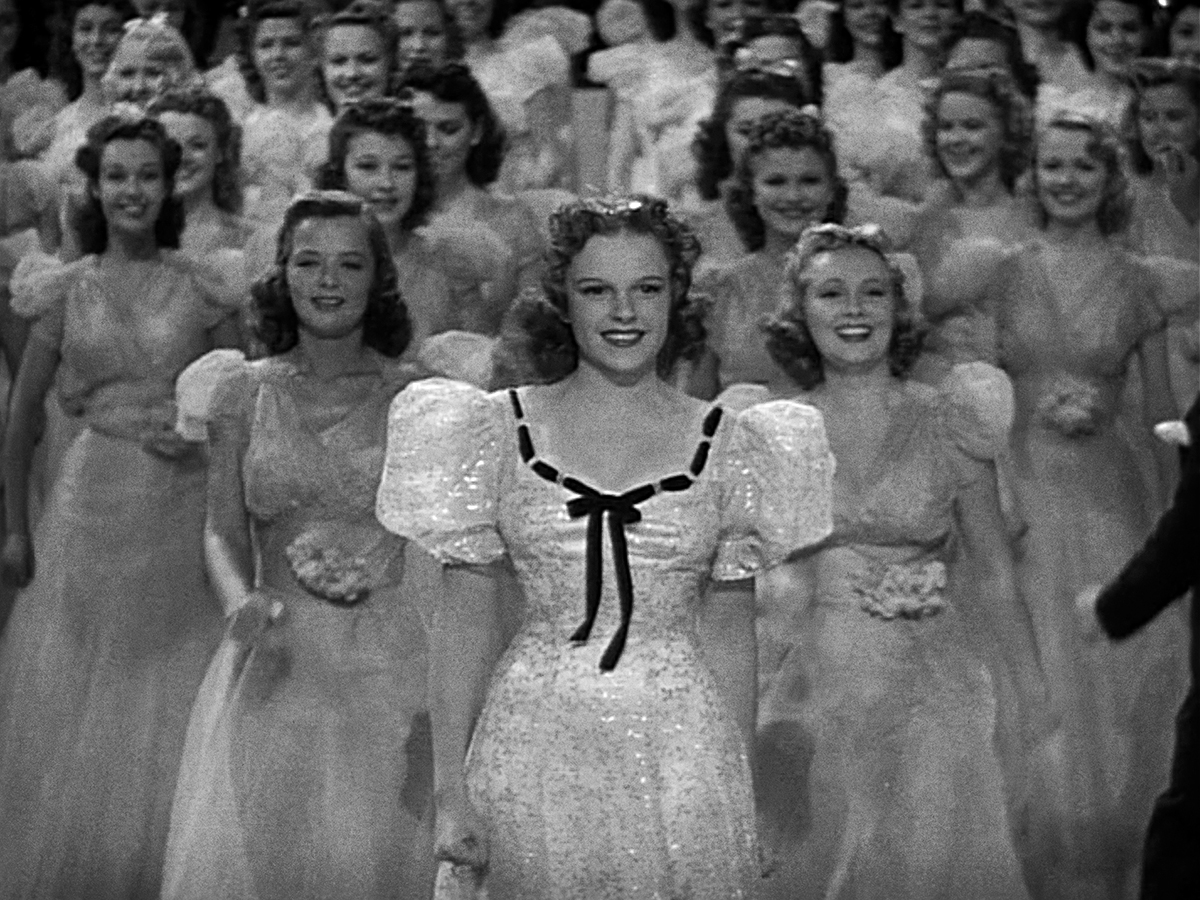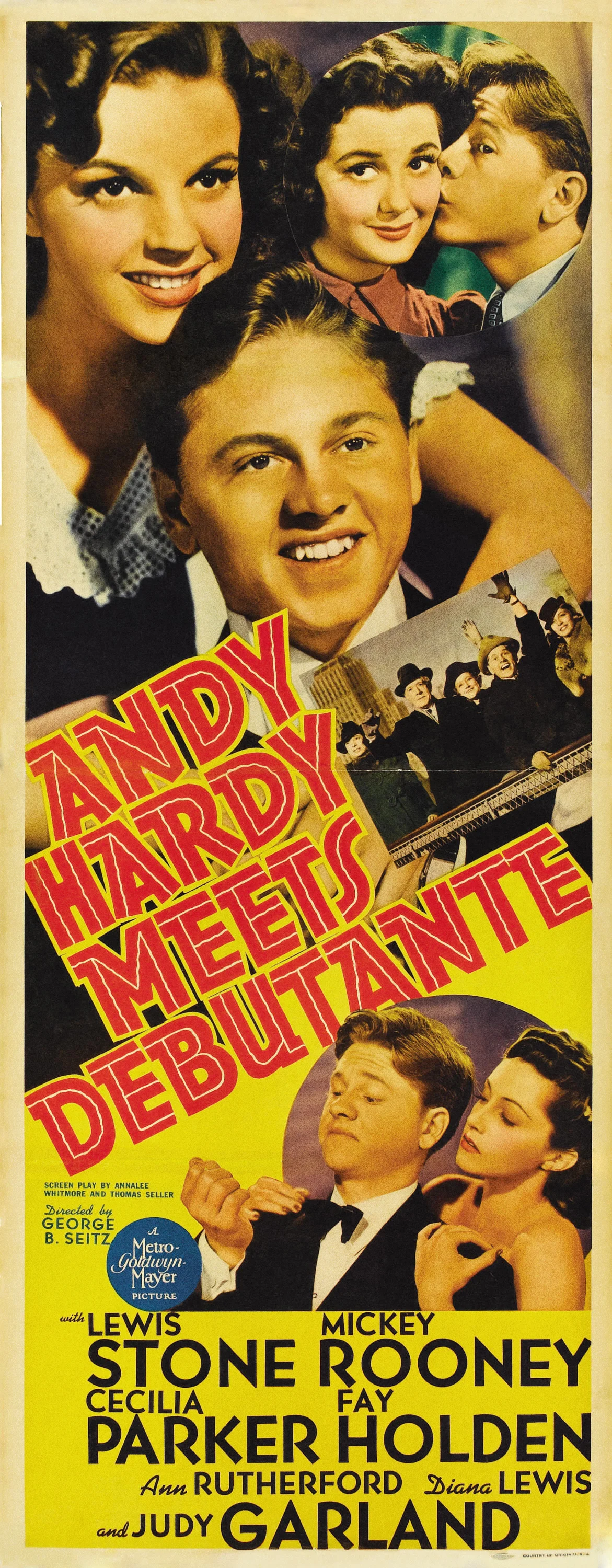Here’s the title card I’ve created for the next film in Judy Garland’s filmography, Girl Crazy, where Mickey Rooney plays an irresponsible young playboy who’s sent to a Western mining school where Judy Garland, as the dean’s daughter, helps straighten him out. Together they save the financially strapped college by staging a rodeo/beauty contest/musical extravaganza. Garland’s character, called Ginger Gray, was originally played onstage by Ginger Rogers.
It’s the ninth of ten movies Mickey Rooney and Judy appeared in together!
Girl Crazy was originally a George and Ira Gershwin stage show that MGM bought in 1939 to use as a follow-up vehicle for Fred Astaire and Eleanor Powell after the success of Broadway Melody of 1940. Judy’s mentor Roger Edens, who had to do some convincing, got Judy on board to star in the picture, instead, although she wanted to do more adult roles.
The New York Times said that “the immortal Mickey... is an entertainer to his fingertips. And with Judy, who sings and acts like an earthbound angel, to temper his brashness, well, they can do almost anything they wish, and we'll like it even in spite of ourselves.”
The main titles are above and the bold trailer titles are below.
Here's a photo from the famous “Embraceable You” scene.
Here’s a fun poster featuring an illustration by the iconic Al Hirshfeld.
Judy and Mickey reunited on her television show in 1963. It was a very lovely moment to see them together again singing the songs they made famous.
Here’s the theatrical trailer for the film:

